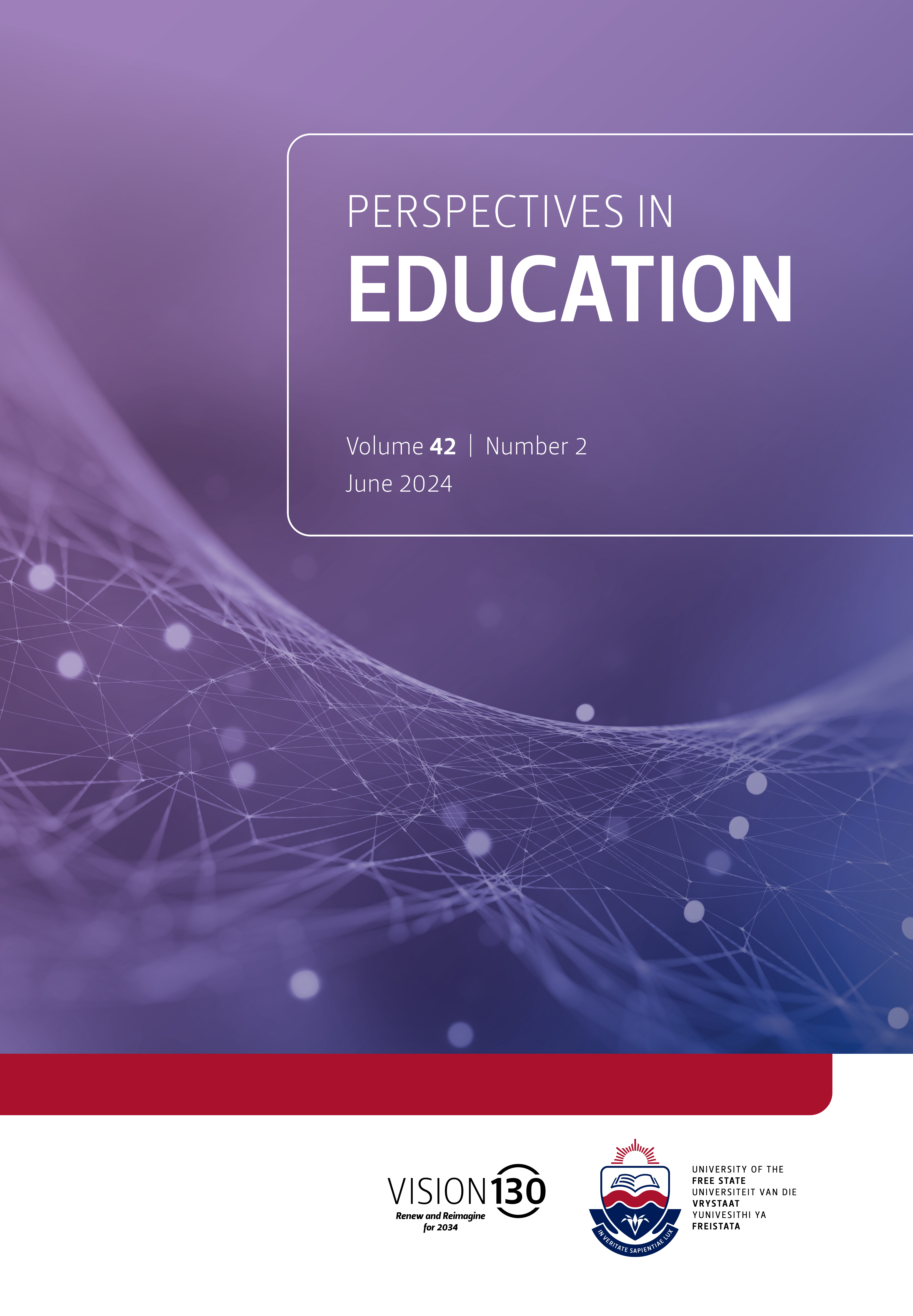Pedagogy with a heartbeat: The transformative potential of citizen science in education
DOI:
https://doi.org/10.38140/pie.v42i2.8013Keywords:
caring-with, citizen science, pedagogy, entanglement, response-ability, water bodies, schools, collaborative ecosystemsAbstract
Over the past few years, we have worked together in a citizen science project called Diamonds on the Soles of our Feet (see also Goldin et al. 2021, Goldin et al., 2023). In this project we engaged with 420 young learners in the Limpopo Province of South Africa. We came to see participating schools as collaborative ecosystems where young citizens become entangled with water through experiential encounters that make science alive and relevant. Through our engagement with citizen science, we experienced the transformative power of affect and the relevance of emotions in education as a social and political project. In our pedagogy we depart from the idea that human beings are separate from the biosphere, thus recognising the interdependency of all life forms on earth. We believe that keeping science education in laboratories and libraries affirms what Bozalek and Zemblyas (2023) call “privileged irresponsibility”. We propose that citizen science and its transformative potential can be one way to redress such irresponsibility. Through impactful encounters with human – nonhuman entanglement and the emotions which are evoked in this process, citizen science can create opportunities for responseability (Bozalek & Zemblyas, 2023), through teaching and learning with the heart. Such entanglement also resonates with relationality as the currency of care theorists. In the context of our citizen science work, caring for unfamiliar others is a form of non-humancentred care with unfamiliar water bodies in which the binary of inside-outside learning becomes porous as the geographies of water penetrate the classroom walls. In Diamonds on the Soles of our Feet, we noted how watery spaces and images move back and forth caring-with and through human bodies – waterbodies to school, school to waterbodies. The entanglement with the nonhuman resonates with Massumi’s (2015) notion of becoming where there is an unrolling of an event that is a becoming of two together.
Downloads
##submission.downloads##
Published
How to Cite
Issue
Section
License
Copyright (c) 2024 Jacqueline Goldin, Carolina Suransky

This work is licensed under a Creative Commons Attribution 4.0 International License.





